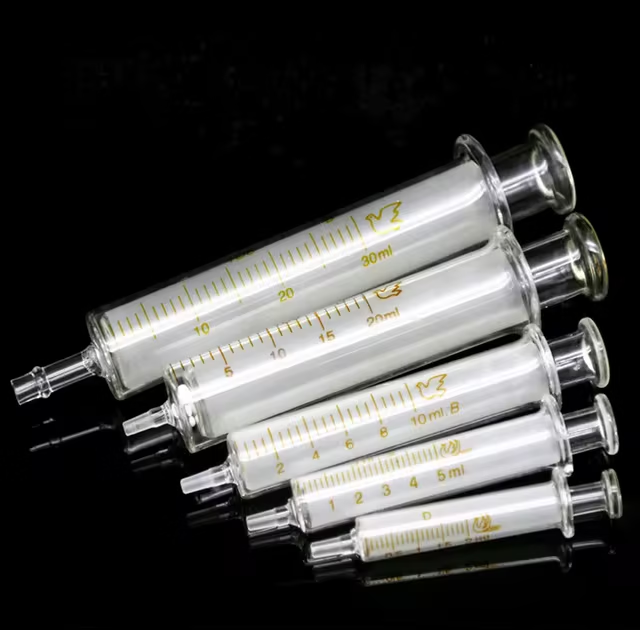Introduction
Applying statistical process control (SPC) to business operations is essential for corporate success. This is an important tool for identifying process variations and ensuring uniformity in product development. SPC enables organizations to produce products that conform to different utility specifications under specified conditions. This process facilitates consistency in business operations. This analysis focuses on using SPC in pharmaceutical manufacturing processes and tracking the production of syringes for uniformity. The application of SPC is imperative in identifying and managing issues that may arise in product development and thus enables organizations to cut down on unnecessary wastage and work redundancy.
Article summary
This article focuses on a case study of pharmaceutical product manufacturing at a Midwest pharmaceutical company. This entity manufactures self-contained syringes with a single dose of injectable drug. After the initial developmental stages, the downstream activities involve securing a containment cap at a predetermined length. All syringes must stay within the precise length of 4.950 inches, considering that such divisions employ product non-conformance, which may lead to waste and repetitive work. It was, therefore, essential to deploy the services of statistical consultants to implement SPC and improve the production process by tracking divisions. During the initial production processes, 35 observations were recorded to identify if there was any deviation, after which a process capability study was initiated. The findings indicated that this process had significant capabilities with a Cpk of 1.03, showing that the organization could produce syringes of the desired length by exploiting this approach. After implementing the recommendations, the organization realized there was no waste or product at work, indicating that the process efficiently met organizational goals.
Process capability index
To compute the process capability index, using the data from the initial process capability study is imperative. From this data, the sample mean is 4.954 inches, and the sterilization is 0.0083 inches. The following processes illustrate the capability index computation.
Process Mean (μ) = 4.950 inches
Process Upper Specification Limit (USL) = 4.980 inches
Process Lower Specification Limit (LSL) = 4.920 inches
Process Capability Index (Cpk) = (USL – x̄) / 3s, (x̄ – LSL) / 3s)
Cpk = (4.980 – 4.954) / 3 * 0.0083, (4.954 – 4.920) / 3 * 0.0083)
Cpk = (0.312, 1.032) = 1.032

Histogram
The failure of the operators to plot initial data and identify special courses was inappropriate because they could not identify the root cause of the inconsistencies. The SPC chart was essential to helping the operator monitor product variation and stability (Evans & Lindsay, 2013). By planting the data, the operators would quickly identify special causes of division and take corrective actions to minimize wastage and rework.
Had the operators acted appropriately by plotting the initial data, it would have been easy for them to identify deviations and address special courses. Identifying processes that were out of control early enough would have been essential to prevent the production of defective syringes, which contributed to increased production costs and waste (Gandhi, Navarro, & Rivers, 2020). It is, therefore, essential to continually develop employees’ skills and competencies in SPC to increase efficiency in production and cut down on unnecessary waste. An organization can also outsource SPC specialists who are well-trained in process monitoring and control (Jayaweera, 2021). This case also illustrates the need to diligently implement SPC practices in an organization by adopting a collaborative approach with all the stakeholders. Organizations must use innovative solutions in productive capacities to improve the process workflow, increase product quality, and generate a consequential return on investment (Contreras Pinochet, 2021).
Conclusion
This case study illustrates the importance of adopting dynamic technologies, such as SPC, in pharmaceutical product manufacture by diligently implementing SPC techniques. The organization analyzed in this case witnessed a significant reduction in product waste and rework, leading to improved product quality and efficiency. Therefore, every organization should consider implementing the SPC system to enhance productivity, increase efficiency, and meet customer needs.
References
- Contreras Pinochet, L. H., Amorim, G. D. C. B., Lucas Júnior, D., & Souza, C. A. D. (2021). Consequential factors of Big Data’s Analytics Capability: how firms use data in the competitive scenario. Journal of Enterprise Information Management, 34(5), 1406-1428.
- Evans, J. R., & Lindsay, W. M. (2013). Managing for quality and performance excellence. Cengage Learning.
- Gandhi, A., Navarro, S., & Rivers, D. A. (2020). On the identification of gross output production functions. Journal of Political Economy, 128(8), 2973-3016.
- Jayaweera, D. L. (2021). Predictive model for XYZ apparel manufacturer to foresee on-time delivery deviations due to issues in production process (Doctoral dissertation).

